
Articles | August 25, 2020 | 3 min read
What Personalized Marketing Across Channels Looks Like
From social to SMS, desktop to mobile, today’s customer is spending time on lots of different devices and in lots of different channels. Therefore, the goal of every enterprise marketer should be to learn which channels work best for connecting with each, individual customer. By obtaining that insight, marketers can better create content and campaigns designed to captivate individual consumers and compel them towards conversion. In this blog, we explain how to create personalized marketing across channels in a straightforward way that any marketer can understand.
Email
Email marketing is an easy area for enterprise marketers to set their brands apart with 1:1 marketing. Newsletters and other promotional email campaigns can be easily transitioned from “one-size-fits-all campaigns” to niche, informative sends with messaging that’s highly-relevant to a carefully selected audience. This is made possible through the incorporation of artificial intelligence into email marketing platforms. For example, when a customer abandons their cart, a smart email marketing platform can be used to send a personalized email to that shopper, reminding them of the items they’ve forgotten to purchase. This kind of personalized optimization can lead to a 2.5X improvement in open rates.
For most enterprise marketers, SMS has taken a bit of a backseat to other channels. Yet, when it comes time to create personalized, 1:1 marketing across channels, SMS should not be overlooked. In particular, SMS should be used to send personalized, real-time updates about purchases (packing updates, shipping updates, delivery updates, receipts, etc.).
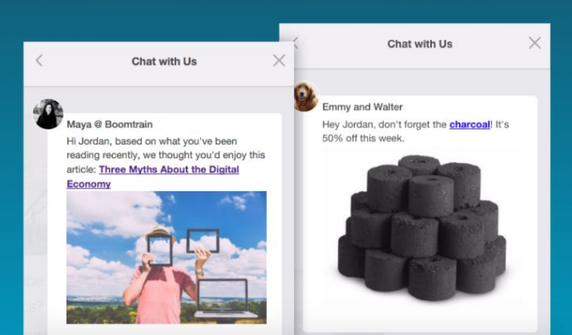
In-app messengers are a must for any enterprise brand with an app, as it’s a proven way to reach customers when they’re susceptible to engagement. By reaching out with a personalized, in-app offer that pertains to what a customer is looking at (see example above), an enterprise marketer can easily double or triple the likelihood of conversion.
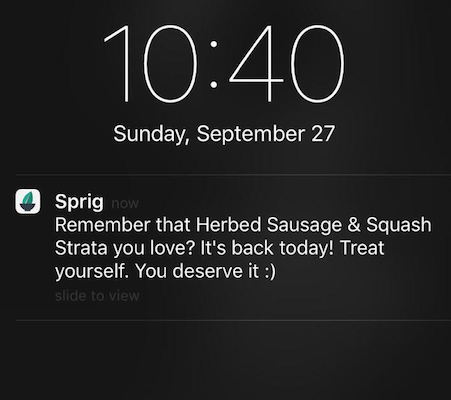
Even though Sprig failed as a business, they succeeded in using push notifications to engage with consumers on a daily basis via mobile. Consumers who opt-in for push notifications are consumers looking for regular, personalized brand engagement. These are the consumers who should be peppered with customized offers and promotions based on their known needs or preferences. .
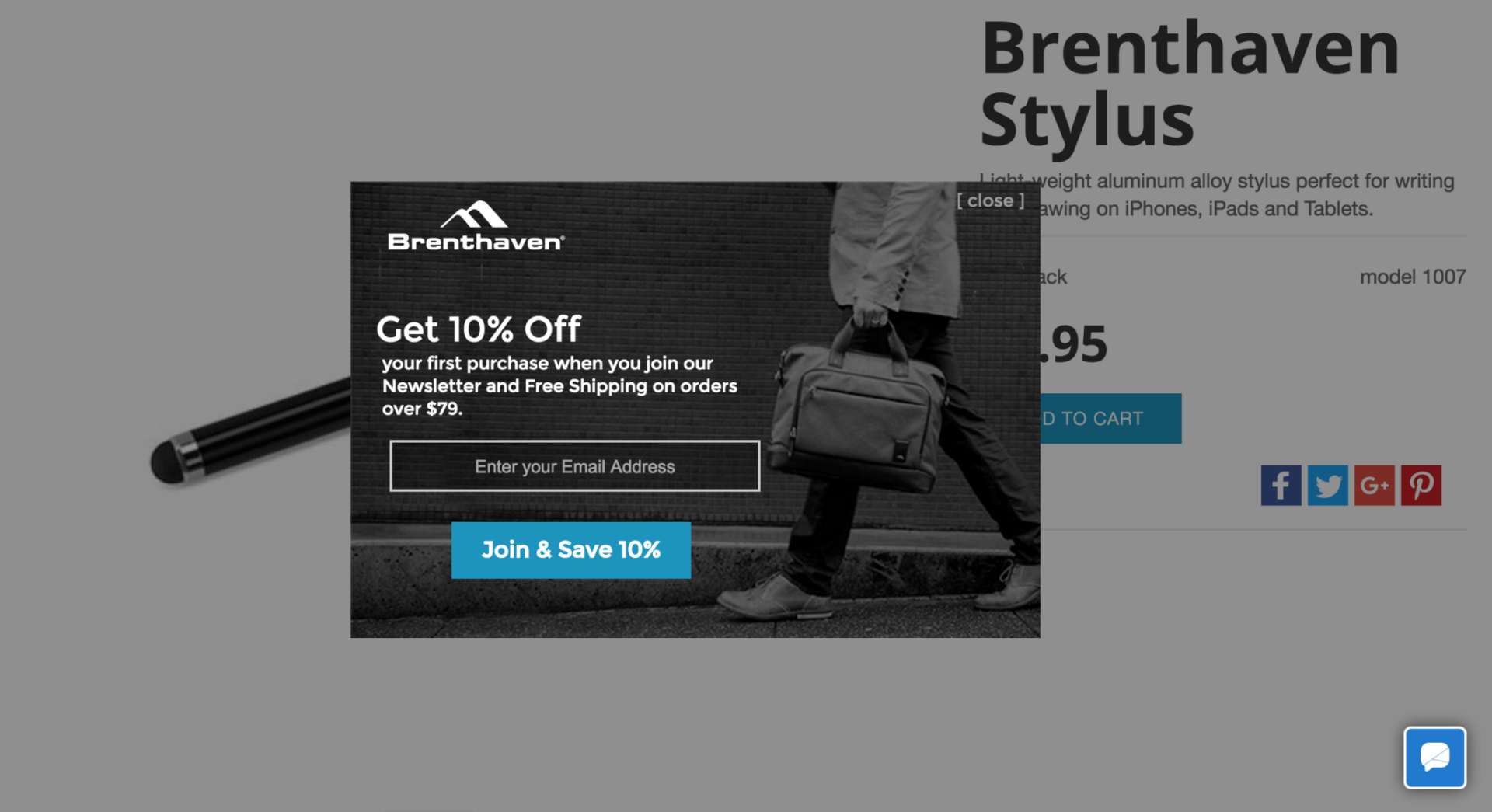
Onsite messages can be annoying, but it can also be highly effective at increasing conversions (subscribes, sales, etc.) To avoid being viewed as “another annoying pop-up”, enterprise marketers need to ensure their messaging is relevant to the site visitor (this is made easier through the deployment of ID resolution tech). The above lightbox example from Brenthaven, only opens when a site visitor clicks on a personalized prompt based on.
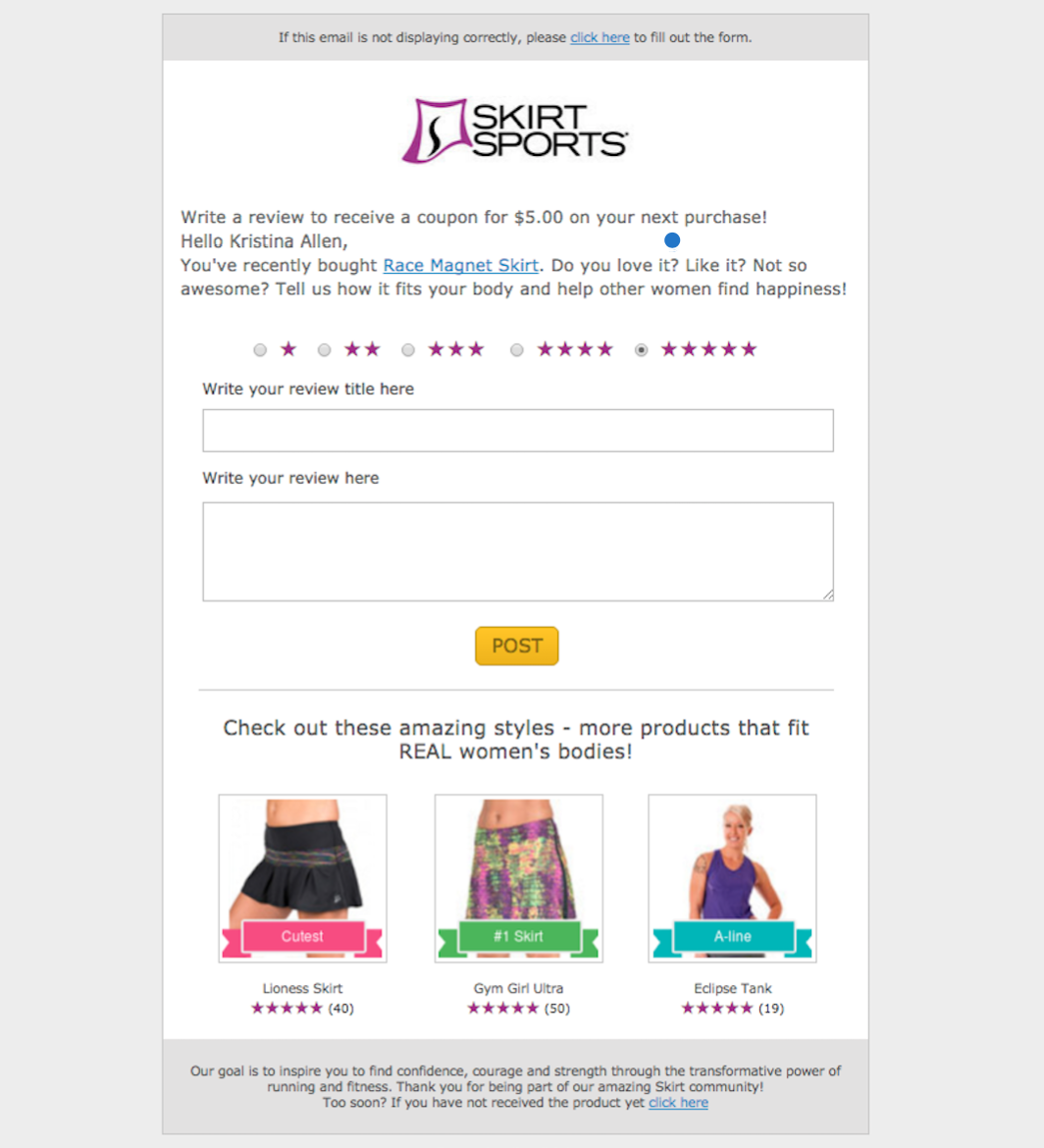
Email marketing is an easy area for enterprise marketers to set their brands apart with 1:1 marketing. Newsletters and other promotional email campaigns can be easily transitioned from “one-size-fits-all campaigns” to niche, informative sends with messaging that’s highly-relevant to a carefully selected audience. This is made possible through the incorporation of artificial intelligence into email marketing platforms. For example, when a customer abandons their cart, a smart email marketing platform can be used to send a personalized email to that shopper, reminding them of the items they’ve forgotten to purchase. This kind of personalized optimization can lead to a 2.5X improvement in open rates.
SMS
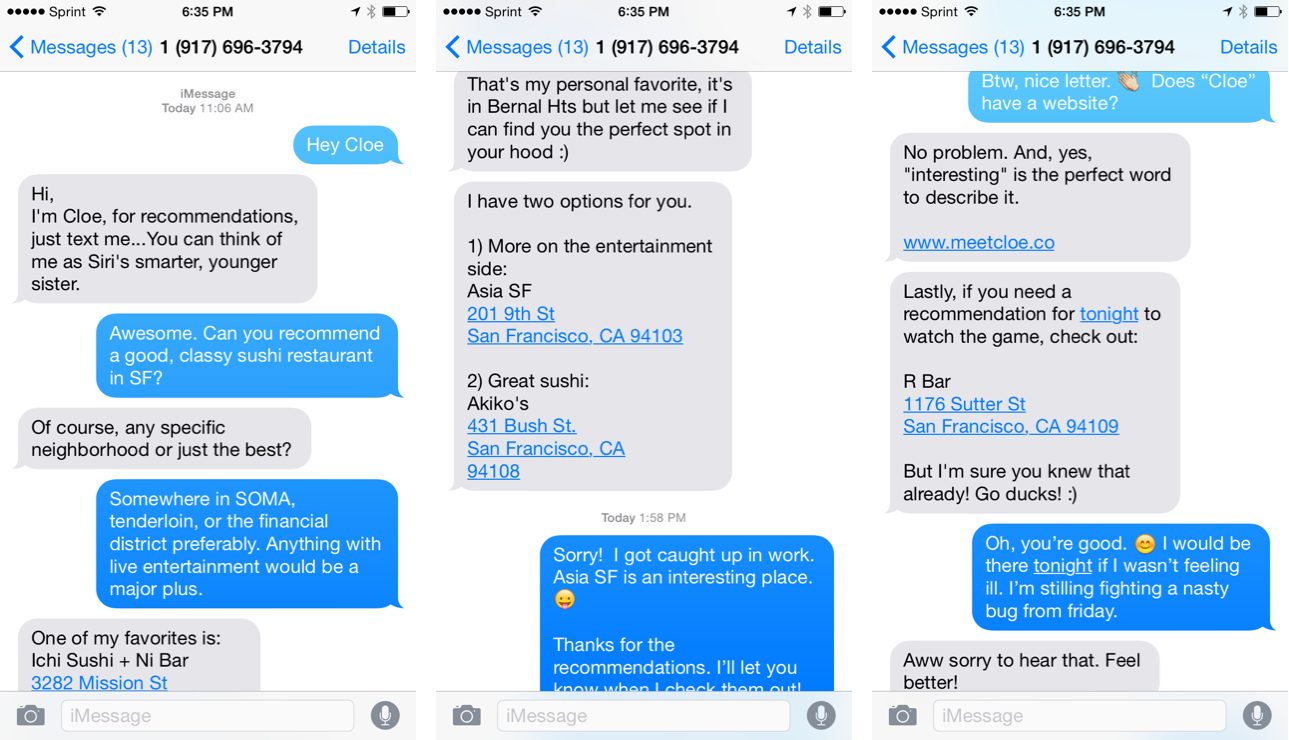
For most enterprise marketers, SMS has taken a bit of a backseat to other channels. Yet, when it comes time to create personalized, 1:1 marketing across channels, SMS should not be overlooked. In particular, SMS should be used to send personalized, real-time updates about purchases (packing updates, shipping updates, delivery updates, receipts, etc.).
In-App Messaging

In-app messengers are a must for any enterprise brand with an app, as it’s a proven way to reach customers when they’re susceptible to engagement. By reaching out with a personalized, in-app offer that pertains to what a customer is looking at (see example above), an enterprise marketer can easily double or triple the likelihood of conversion.
Push Notifications

Even though Sprig failed as a business, they succeeded in using push notifications to engage with consumers on a daily basis via mobile. Consumers who opt-in for push notifications are consumers looking for regular, personalized brand engagement. These are the consumers who should be peppered with customized offers and promotions based on their known needs or preferences. .
On-Site Messaging

Onsite messages can be annoying, but it can also be highly effective at increasing conversions (subscribes, sales, etc.) To avoid being viewed as “another annoying pop-up”, enterprise marketers need to ensure their messaging is relevant to the site visitor (this is made easier through the deployment of ID resolution tech). The above lightbox example from Brenthaven, only opens when a site visitor clicks on a personalized prompt based on.


